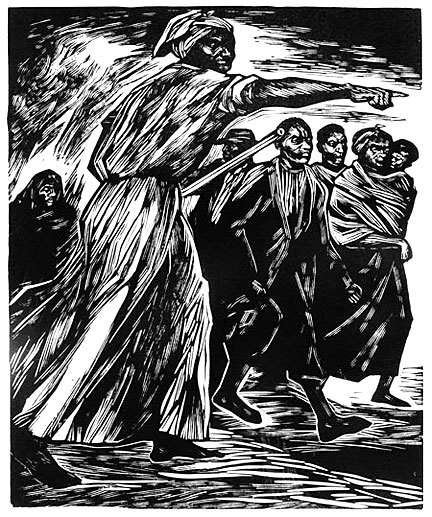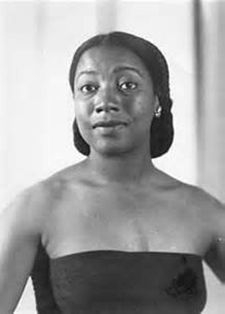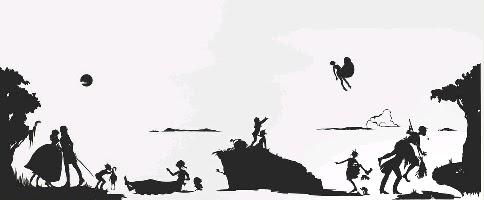World War II occurred during September 1st 1939-September 2nd, 1945. During this time period, women of color often faced politial and social barriers. The only way to escape racism was to escape the country.
Elizabeth Catlett was the leader of the Catlett artists, and she focused in not only the opposition Americans faced due to race but also the opposition and hard times Americans faced because of GENDER and for the mere fact of BEING a woman.
-
SOCIAL BARRIERS
Even after the war was over, Krasner and other women artists confronted the widely held view that women, “couldn’t paint” and that “only men had wings for art.”
 The highest praise that women received at this time was the remark, “this painting is so good you’d never know it was done by a woman.” (Chadwick, 323)
The highest praise that women received at this time was the remark, “this painting is so good you’d never know it was done by a woman.” (Chadwick, 323)
The painting to the right is called, “Harriet,” this was a tribute Elizabeth Catlett made to Harriet Tubman, the heroic African-American abolitionist. For eight years Tubman led the “Underground Railroad” that liberated hundreds of blacks from slavery states in the South, helping them to escape to freedom in the North.
 |
| Thelma Johnson Streat |
Let’s say majority ruled, which was the case back then because white people was the majority. Therefore, their say, ruled. What choice did people of color have?? One of the many artists that we found inspirational was Thelma Johnson Streat. She was an
African American painter, dancer, illustrator, and educator. Also the first African American woman to have their work collected by The Museum of Modern Art in New York. Thelma had, and still has, an impact on the life of upcoing artists because of her success during times when democracy were very prominent. Let’s say majority ruled, which was the case back then because white people was the majority, therefore their say ruled. What choice did people of color have??
 |
| Rabbit Man- Took in by MOMA |
 |
| Gone |
Another artist, Kara Walker, is an American contemporary painter, silhouettist, print-maker, installation artists, and film-maker who explores race, gender, sexuality, violence, and identity in her work. Walker is best known for her panoramic friezes of cut-paper silhouettes, usually black figures against a white wall, which adress the history of American slavery and racism through violent and unsettling imagery.
 |
| Kara WalkerA |
Modernism is a philosphical movmement along with cultural trends and changes, that arose from wide-scale and far-reaching transformations in society during the late 19th and early 20th centuries. A few movements in 20th Century Art After WWII were pop-art, abstract expressionism, and post modernism.
 |
| Abstract Expressionism: Beach Comber by Alfonso Ossorio (1953) |
 |
| Pop Art: Three Flags by Jasper Jones (1958) |
No comments:
Post a Comment